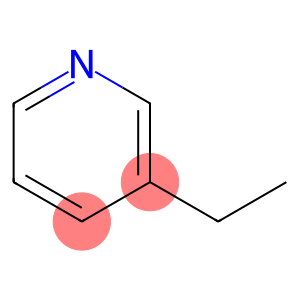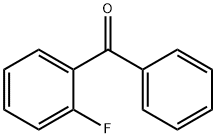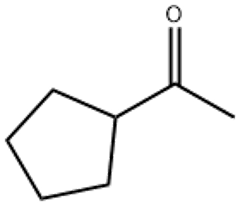3-Ethyl Pyridine(CAS#536-78-7)
| Risk Codes | R10 – Flammable R36/37/38 – Irritating to eyes, respiratory system and skin. R34 – Causes burns R23/24/25 – Toxic by inhalation, in contact with skin and if swallowed. |
| Safety Description | S16 – Keep away from sources of ignition. S26 – In case of contact with eyes, rinse immediately with plenty of water and seek medical advice. S36/37 – Wear suitable protective clothing and gloves. S45 – In case of accident or if you feel unwell, seek medical advice immediately (show the label whenever possible.) S36/37/39 – Wear suitable protective clothing, gloves and eye/face protection. |
| UN IDs | UN 1993 3/PG 3 |
| WGK Germany | 3 |
| TSCA | Yes |
| HS Code | 29333990 |
| Hazard Class | 3 |
| Packing Group | III |
Introduction
3-Ethylpyridine is an organic compound. The following is an introduction to the properties, uses, preparation methods and safety information of 3-ethylpyridine:
Quality:
Appearance: Colorless liquid.
Density: approx. 0.89 g/cm³.
Solubility: soluble in organic solvents such as ethanol and ether.
Use:
As a solvent: with its good solubility properties, 3-ethylpyridine is often used as a solvent in organic synthesis and as a solvent and reagent in organic synthesis reactions.
Acid-base indicator: 3-ethylpyridine can be used as an acid-base indicator and plays a role in color change in acid-base titration.
Method:
3-Ethylpyridine can be synthesized from ethylated pyridine. A common method is to react pyridine with ethylsulfonyl chloride to produce 3-ethylpyridine.
Safety Information:
Care should be taken to prevent contact with the skin and eyes during the operation of 3-ethylpyridine, and ensure that it is operated in a well-ventilated place to avoid the inhalation of its vapors.
If you accidentally come into contact with 3-ethylpyridine, you should immediately rinse with plenty of water and seek medical attention promptly.
3-Ethylpyridine should be stored in an airtight container, away from high temperatures and ignition sources.




![2-(Chloromethyl)[1,3]oxazolo[4,5-b]pyridine(CAS#110704-34-2)](https://www.xinchem.com/uploads/oxazolopyridine.png)

![Ethyl 4,5,6,7-Tetrahydrothiazolo[5,4-c]pyridine-2-carboxylate Hydrochloride(CAS#1186663-33-1)](https://www.xinchem.com/uploads/carboxylateHydrochloride.png)

